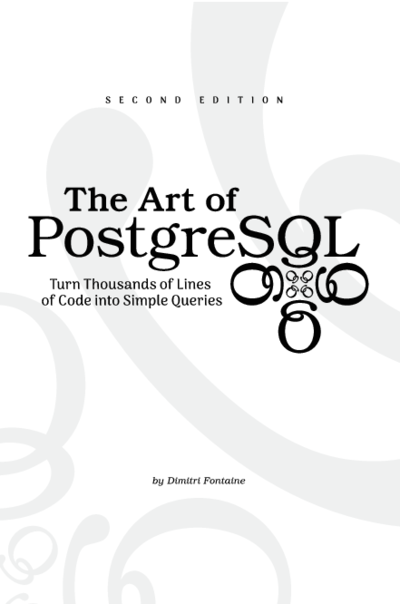
The pgloader tool is meant to allow one to implement the Continuous Migration project methodology when migrating to PostgreSQL. This methodology is meant to reduce risks inherent to such complex projects.
After having been involved in many migration projects in the past, I decided to publish a White Paper about this project methodology!
Migrating to PostgreSQL, Tools and Methodology
The migration method proposed here is called Continuous Migration. Continuous Migration makes it easy to make incremental progress over a period of time, and also to pause and resume the migration work later on, should you need to do that. The method is pretty simple — just follow those steps:
- Setup your target PostgreSQL architecture
- Fork a Continuous Integration environment that uses PostgreSQL
- Migrate the data over and over again every night, from your current production RDBMS
- As soon as the CI is all green using PostgreSQL, schedule the D-day
- Migrate without any suprises… and enjoy!
This method makes it possible to break down a huge migration effort into smaller chunks, and also to pause and resume the project if need be. It also ensures that your migration process is well understood and handled by your team, drastically limiting the number of surprises you may otherwise encounter on migration D-day.

The third step isn’t always as easy to implement as it should be, and that’s why the pgloader open source project exists: it implements fully automated database migrations!
For your developers to be ready when it comes to making the most out of PostgreSQL, consider reading The Art of PostgreSQL which comes with an Enterprise Edition that allows a team of up to 15 developers to share this great resource.






